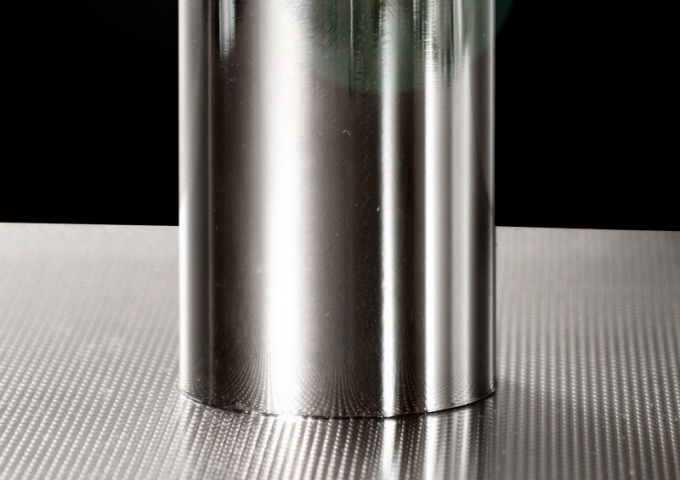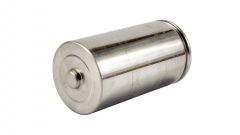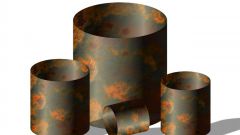Instruction
1
For all figures there is such a term as the height. Height is usually called the measured value of any of the figures in an upright position. The cylinder height is the line perpendicular to the two parallel bases. He also has forms. Forming a cylinder is a line, rotation in a cylinder. She, in contrast to forming other shapes, such as cone has the same height.
Consider the formula, which can be used to find the height:
V=NR^2*H where R is the base radius of a cylinder H - the desired height.
If instead of the radius given the diameter, the formula is modified as follows:
V=NR^2*H=1/4πD^2*H
Accordingly, the height of the cylinder is equal to:
H=V/NR^2=4V/D^2
Consider the formula, which can be used to find the height:
V=NR^2*H where R is the base radius of a cylinder H - the desired height.
If instead of the radius given the diameter, the formula is modified as follows:
V=NR^2*H=1/4πD^2*H
Accordingly, the height of the cylinder is equal to:
H=V/NR^2=4V/D^2
2
Also the height can be determined based on the diameter and area of the cylinder. There is a side area and the surface area of the cylinder. Part of the surface of the cylinder bounded by a cylindrical surface, called the lateral surface of the cylinder. The surface area of a cylinder includes the area of its bases.
The lateral surface area of a cylinder is calculated by the following formula:
S=2πRH
Transforming this expression, find the height:
H=S/2nr
If given the surface area of a cylinder, calculate the height in a different way. The surface area of a cylinder is equal to:
S=2nr(H+R)
First, convert the given formula as shown below:
S=2πRH+2nr
Then find the height:
H=S-2nr/2nr
The lateral surface area of a cylinder is calculated by the following formula:
S=2πRH
Transforming this expression, find the height:
H=S/2nr
If given the surface area of a cylinder, calculate the height in a different way. The surface area of a cylinder is equal to:
S=2nr(H+R)
First, convert the given formula as shown below:
S=2πRH+2nr
Then find the height:
H=S-2nr/2nr
3
Through the cylinder can hold a rectangular cross section. Width of this cross section is the same as the diameters of the bases, and the length - form shapes, which are equal to the height. If you hold through this section of diagonal, you can easily notice that a right triangle is formed. In this case, the diagonal is the hypotenuse of the triangle, leg diameter, and a second side and a height of the cylinder. Then the height can be found by using the Pythagorean theorem:
b^2 =sqrt (c^2-a^2)
b^2 =sqrt (c^2-a^2)











